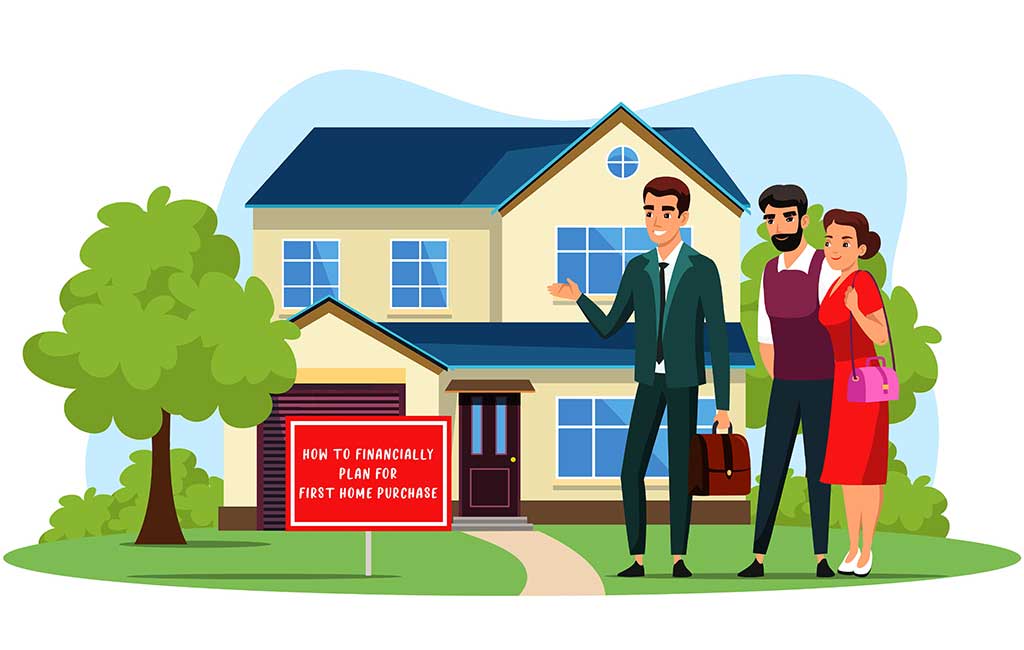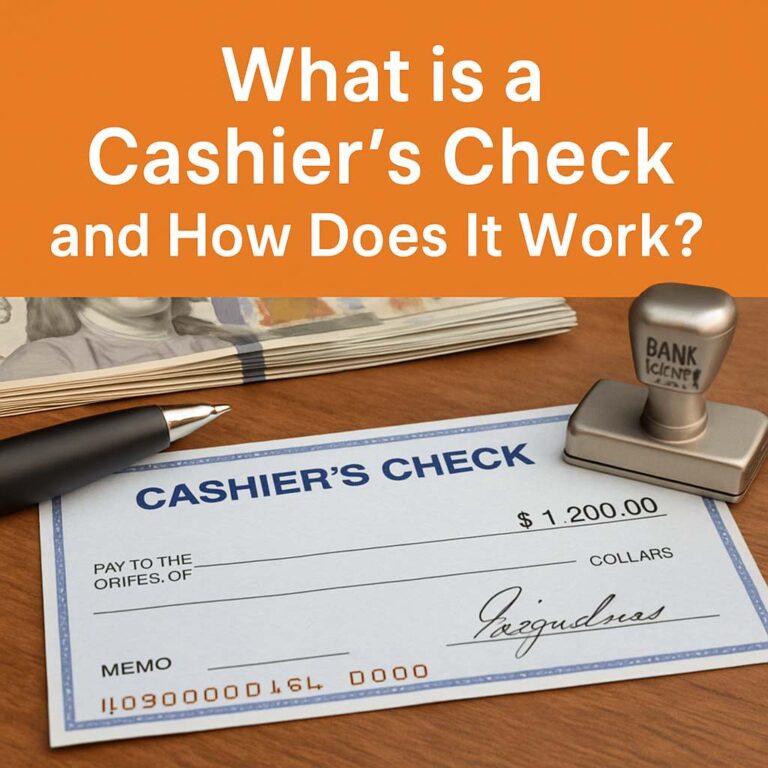How to financially plan for your first home purchase? It’s the most common & important question to every home purchaser. The purchase of a home is likely the largest purchase you will ever make, so it makes sense to take some time to understand the process and what you can do to prepare for it financially. Ready to buy your first home? Our guide breaks down the financial planning process into five simple, stress-free steps. Let’s make your dream home a reality!
When it comes to how to financially plan or purchase a new home, there is one thing that everyone can agree on; A homebuyer should never purchase more “house” than they can afford. As we have repeatedly mentioned here at Educounting.com, budgeting is crucial in the areas of financial planning for any major purchase, and buying a home is no exception. However, the waters get muddy as we delve into what constitutes an “affordable” home.
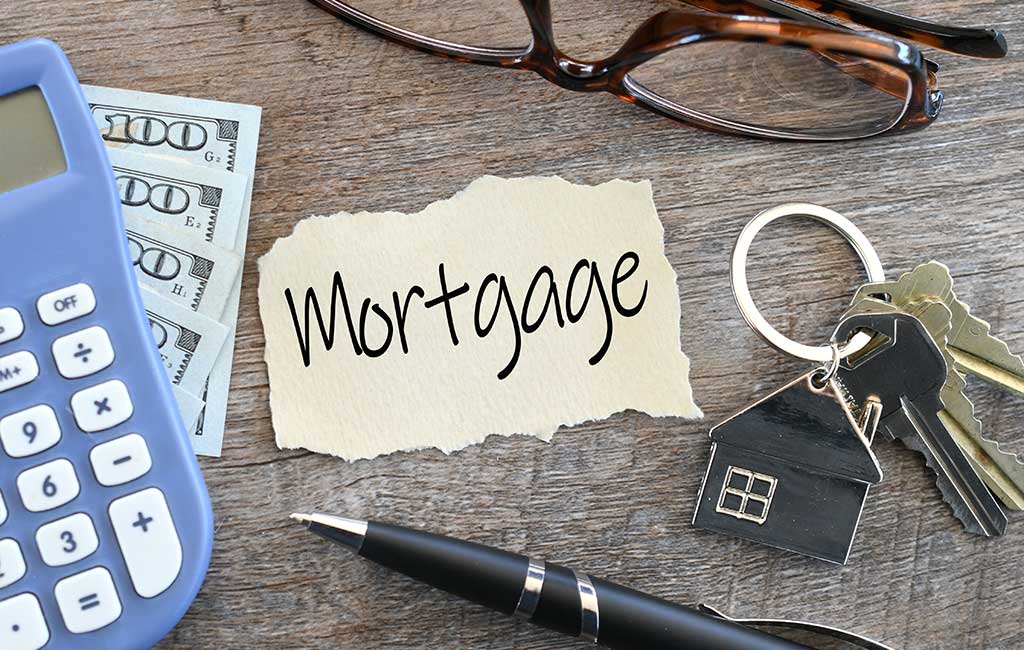
Finding that affordability sweet spot will require more than just a mortgage lender’s pre-approval. In April 2022, the median price for a new home hit $450,600. While that might be within reach for some, it’s a stretch for others. No matter where you fall on the spectrum, buying a new home is one of the biggest financial decisions you’ll ever make.
It is on of the common home buying mistakes for first-time homebuyers to make when buying a home or shopping for homes based on how much money a mortgage lender is willing to give them while failing to consider other expenses in purchasing a new home. Often, this approach sets the homebuyer up for financial hardship and can put them at risk for a potential foreclosure if the monthly mortgage payment on their homes becomes unmanageable.
Your First Home: 5 Steps to Financial Planning Like a Pro
Purchasing your first home is a huge achievement, both financially and emotionally. But it can also be a bit overwhelming, especially if you don’t have all the information you need to make informed decisions.
Here are five steps to help how to financially plan for your first home purchase:
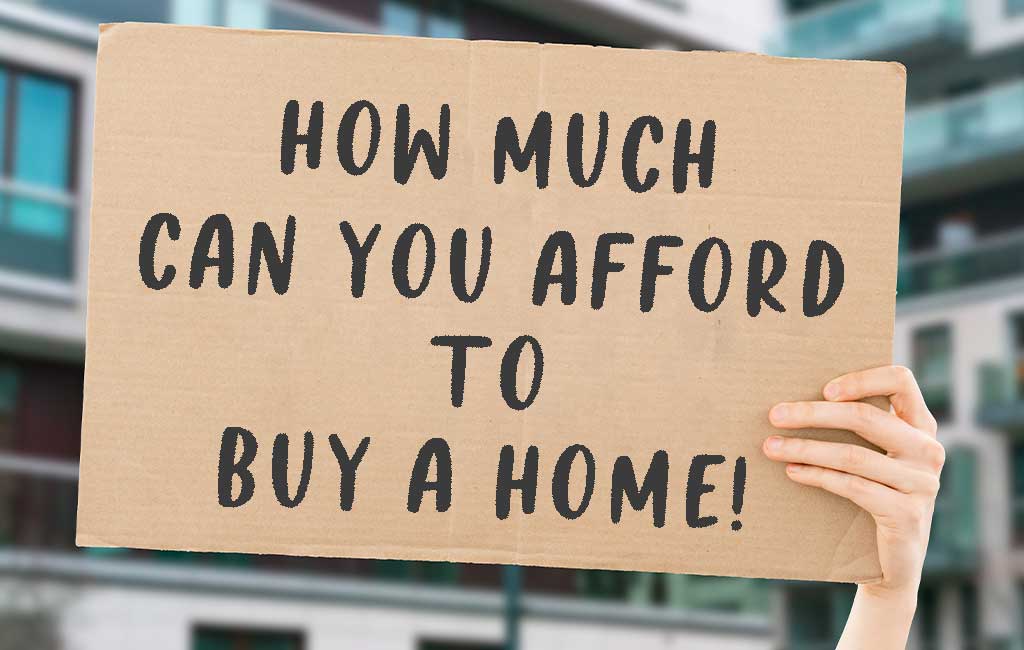
Step 1: How Much Can You Afford?
The first step in your home-buying adventure is figuring out how much house you can afford. According to the FDIC, a good rule of thumb is to multiply your annual household income by two or three. So, if you’re pulling in $100,000 a year, you’re looking at homes in the $200,000 to $300,000 range. Easy peasy!
Use the 28% Rule to Get Started
According to most experts, the easiest and most effective way to determine your buying first home budget is to use what is known as “the 28% rule.” This is the common “rule of thumb” for how much an individual can spend on their monthly mortgage payment.
The 28% rule states that your monthly home mortgage payment should not exceed 28% of your monthly gross income. The Federal Housing Administration (FHA) tends to be more generous, using a 31% rule, allowing consumers to use 31% of gross income on mortgage payments.
Before giving you the green light on a home loan, a mortgage lender will size up your debt-to-income ratio. Let’s say your monthly mortgage payment is set to be $1,000, and all your other monthly expenses also add up to $1,000. That means you’re looking at $2,000 in monthly commitments. If you’re pulling in $6,000 a month before taxes, your debt-to-income ratio would be 33%. This might raise some eyebrows since lenders typically like to see this ratio stay under 43%. Go over that, and you might have a tough time getting approved.
Are you having trouble saving money? Here’s a video we made on getting money motivated and making the right money decisions.
Step 2: Consider the Expenses of Buying a Home Beyond Your Mortgage Payment
Home loan pre-approval is an essential early step in purchasing a home. However, it is just one of many considerations moving forward. A mortgage payment certainly isn’t going to be your only recurring expense. There are many ongoing costs associated with homeownership that buyers must anticipate before taking the plunge.
Homeowners Association Fees (HOA)
If you’re planning to purchase a condo, townhouse, or home in a planned development, it is important to know the existence of Homeowners Association Fees (HOA). HOA fees are monthly, or annual charges assessed by the homeowners association and are typically used to maintain common areas and amenities.
Utilities
Think about the bills you’ll be paying for gas, water, electricity, trash pickup, and internet/cable. You can usually get a ballpark figure from the current owner or your real estate agent. If that doesn’t work, just give the utility companies a quick call for an estimate.
Home Maintenance Costs
It’s smart to have a rainy day fund for home maintenance, repairs, and those surprise issues that pop up. The pros suggest saving 1-2% of your home’s purchase price each year to cover these costs. Think of it as a little financial TLC for your biggest investment.
Furniture and Appliances
On average, households spend $2,346 annually on furniture, appliances (big and small), textiles, and floor coverings–that comes up to about $196 per month. Moving into a new place is thrilling, but let’s not forget it can also dent your wallet. Be sure to include these expenses in your budget.
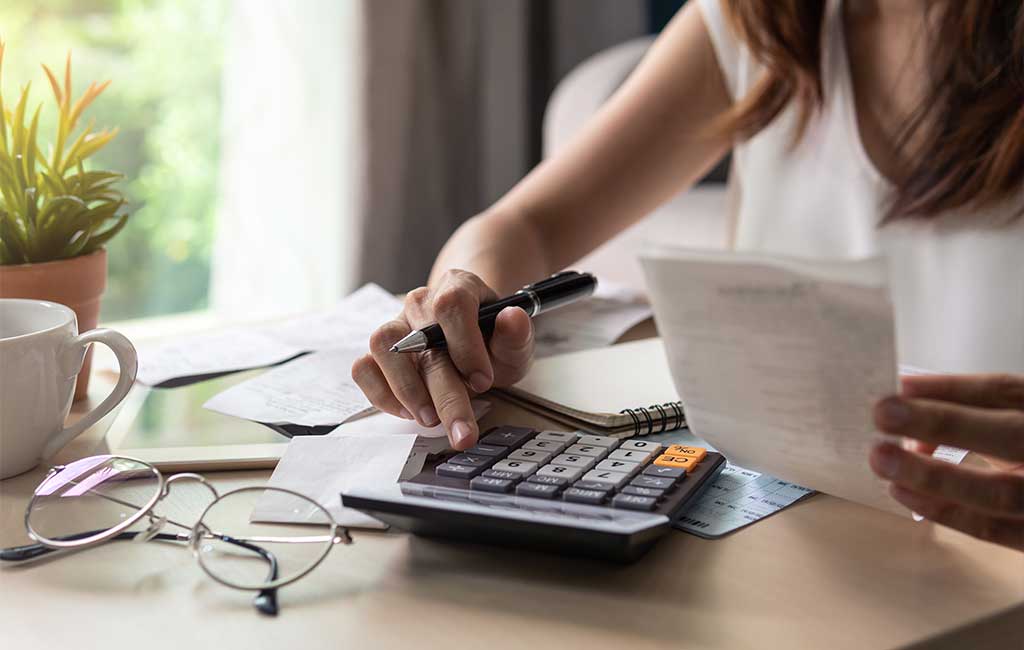
Step 3: Down Payments Should Dictate Your Purchase
A mortgage lender typically expects the homebuyer to pay at least 20% of the home’s purchase price in cash. In situations where the homebuyer cannot make a 20% down payment, they may still be able to secure a mortgage but will have the added expense of paying for private mortgage insurance (PMI), thus increasing the amount of their mortgage payment. PMI can increase a loan amount by as much as one percent.
The cost of your PMI will depend on your home size, personal credit history, and potential property appreciation. The bigger your down payment, the less you’ll shell out in interest over the long haul, and the smaller your monthly bills will be. While dropping $60,000 on a $300,000 home might not be in the cards, try to aim for at least 10%. Every bit counts!
Your down payment will often depend on several factors, including the seller’s willingness to accept. When it comes to buying a home, most conventional mortgages ask for a hefty 20% down payment. But with FHA loans, you can snag your dream home with just 3.5% down.
The amount of money you save for the down payment on your new home should also influence your choice in which home you purchase and how to financially plan. For example, if you are trying to decide between two houses and the money you’ve saved represents a 20% payment on one house and 10% on another, it’s obvious that the cheaper option will get you more of a bang for your buck in the long run.
As a potential homebuyer, you will need to put aside money to cover your closing costs, which may cost between 2% and 5% of the total purchase price. When you purchase a home for $200,000, you can expect to pay $4,000 to $10,000 in overall closing costs.
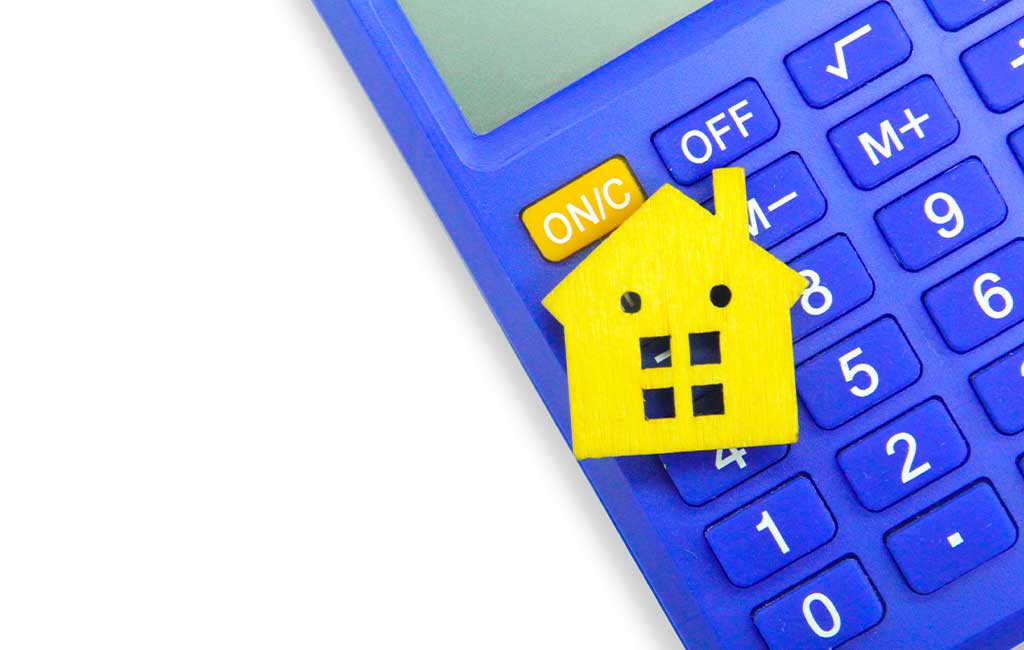
Step 4: How Much Can You Handle?
In determining a home’s affordability, you’ll want to consider the property’s size and condition. A large house isn’t always a good choice, particularly if heating and cooling costs can hurt your budget. Similarly, the small cottage atop a steep picturesque hill might be your dream home, but managing snow removal on a long, steep driveway may become costly. Along these lines, that affordable, historic 3,500-square-foot fixer-upper might seem like a great deal until you see how much the renovation will cost.
Always investigate utility costs on every property that you consider buying, and be sure to have a trusted construction professional estimate the cost of any repairs that might be needed. Anyone planning to renovate or repair the homes on their own should be realistic about their time constraints and skills. Quite often, homeowners will bite off more than they can chew on a home improvement project, and mistakes in the home buying process can cost more money in the long run.
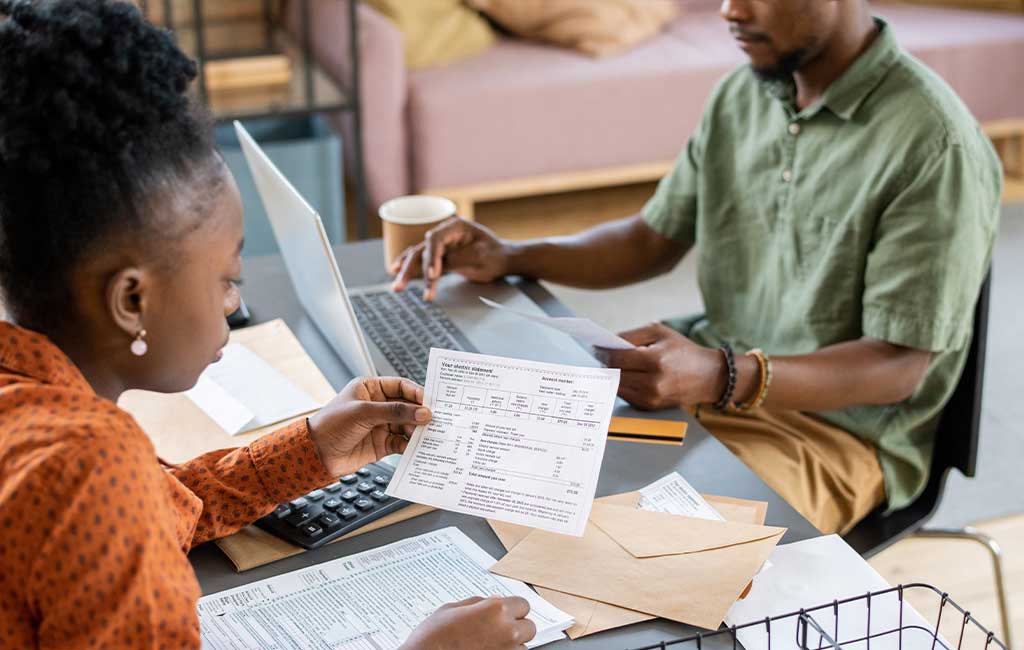
Step 5: Master the Art of Saving and Budgeting for Your First Home
In the case of how to financially plan for a first home purchase, Saving for a down payment on your first home requires discipline, but some helpful tips can make the process easier.
- One way to accelerate the savings process is to set up a dedicated account for your down payment fund and make regular deposits. If you have difficulty saving money, consider opening up a high-yield savings account, which typically offers higher interest rates than standard savings accounts and can help you make your money work harder for you.
- Turn your dream home into a reality! Start by taking a good look at your budget and figuring out where you can trim the fat. And don’t forget to stash away some cash for those surprise expenses that always seem to pop up.
- If you’re looking for help with your down payment or closing costs, check out programs offered by NPOs and government agencies. These organizations offer a variety of assistance programs for first-time homebuyers.

Final Words
How to financially plan while purchasing your first home is a major financial decision, and it’s important to do your homework before taking the plunge. Be sure to consult with a variety of experts, including a real estate agent, a mortgage lender, and a family financial advisor, to get all the information you need to make an informed decision.
When you’re ready to start house hunting, be realistic about your budget and what you can afford. Don’t forget to factor in the cost of repairs and renovations, as well as the ongoing costs of owning a home, such as property taxes, insurance, and utilities.
You can confidently enter the exciting home ownership world with a careful financial planning diagram and preparation.
Frequently Asked Questions (FAQs)
How can I lower my housing costs?
Want to cut down on housing costs? Start by finding a home with low utility bills. Look for neighborhoods with low property taxes, too. Think your property tax assessment is too high? Challenge it with your local tax authority and keep more money in your pocket.
Renting really draining my wallet more than owning a home. What do I do?
The cost of renting vs. buying a home depends on several factors, including the location, the type of housing, the length of time you plan to stay in the home, your fin plan, and your financial situation. The price-to-rent ratio is one way to estimate whether to rent or buy in a given area.
How can I best save up for a house down payment?
Saving for a down payment on your dream house? Here are some savvy strategies to make it happen:
- Open a Dedicated Savings Account: Kickstart your down payment fund with a special savings account and commit to regular deposits. It’s like giving your future home a piggy bank!
- Trim Your Expenses: Take a close look at your spending. By cutting back on non-essentials, you’ll free up more cash to boost your down payment.
Explore Assistance Programs: Check out programs from nonprofits and government agencies designed to help first-time homebuyers. These can offer valuable support to get you closer to your goal.
How can I figure out my monthly mortgage payment?
First, you’ll need three key details: the loan amount, the interest rate, and the loan term. Once you have those, an online mortgage calculator can do the heavy lifting, giving you a quick estimate of your monthly payment. It’s simple, fast, and takes the guesswork out of the equation!


